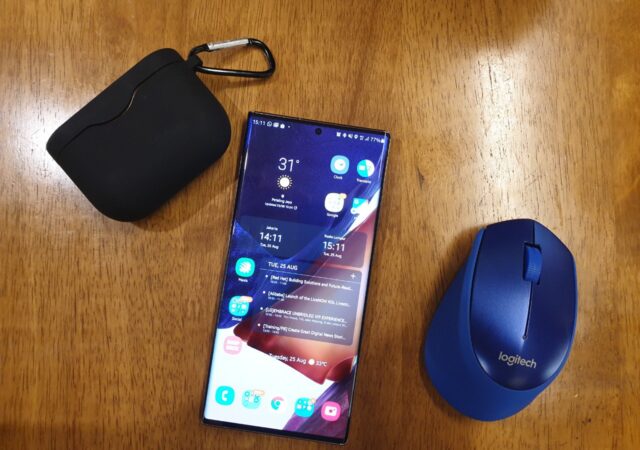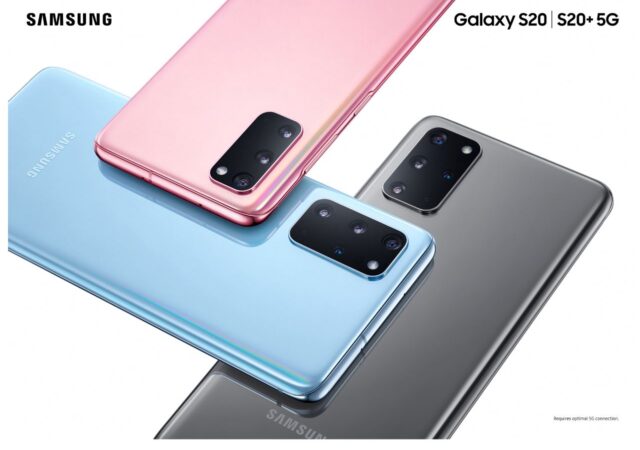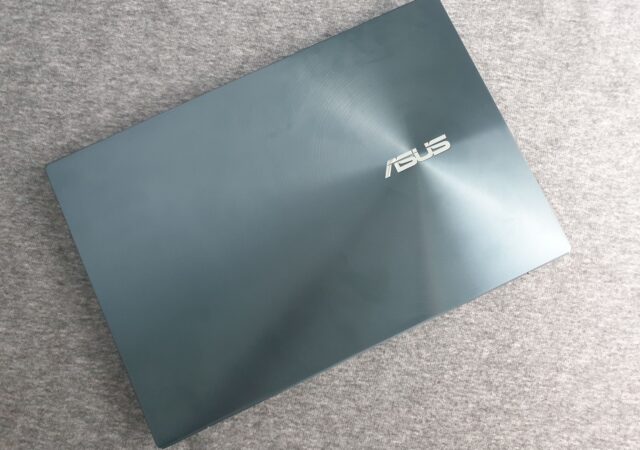Samsung launched their Galaxy Note20 Ultra last week and we got our hands on one and this is what we have to report after 24 hours.
The Korean Triple Threat is Back – The Samsung Galaxy S20 Line-Up Unpacks Today!
In the modern smartphone age today, there are a few launches that is always anticipated within the year. One of them is from Samsung early on in the year. This will be the Samsung Galaxy S line, for this year…
The ASUS ZenBook Pro Duo In-Depth Review – Two is Better Than One?
The PC that we know today has evolved leaps and bounds from the old days. These days, while PC towers are still around, and you can buy a decent one for less than MYR 2,000, portable PCs are kings. They…





